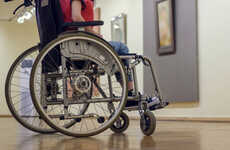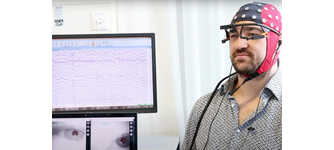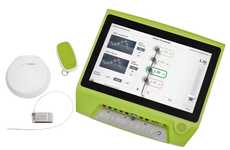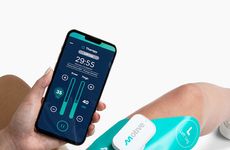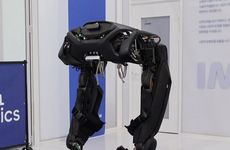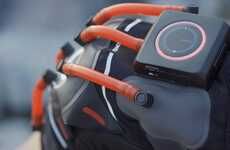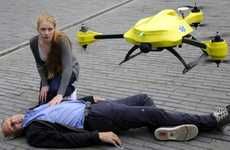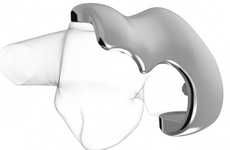
Implanted Electric Stimulation Helps Paralzed Patients Move Legs Again
Meghan Young — April 9, 2014 — Tech
Big strides have been taken to help regain movement in the legs of paralyzed individuals through the use of spinal cord electrodes. Essentially, these electrodes send electric stimulation down the spine of the patients, creating artificial circuits between it and the brain. This allows the patient to send voluntary commands to his or her legs, which is an exciting development.
Currently four men have received implants of the spinal cord electrodes. Using 16 in total has allowed them to flex their main joints including knees and ankles. One of the participants is even able to stand for short periods at a time. Dr. Roderic Pettigrew, director of the National Institute of Biomedical Imaging and Bioengineering at the U.S. National Institutes of Health, says, "This is a substantial milestone that has been reached."
Currently four men have received implants of the spinal cord electrodes. Using 16 in total has allowed them to flex their main joints including knees and ankles. One of the participants is even able to stand for short periods at a time. Dr. Roderic Pettigrew, director of the National Institute of Biomedical Imaging and Bioengineering at the U.S. National Institutes of Health, says, "This is a substantial milestone that has been reached."
Trend Themes
1. Spinal Cord Electrodes - Implanted electric stimulation technology that allows paralyzed patients to regain movement in their legs.
2. Artificial Circuits - Creating artificial circuits between the spine and the brain through electric stimulation for paralyzed individuals.
3. Voluntary Commands - Enabling paralyzed patients to send voluntary commands to their legs using spinal cord electrodes.
Industry Implications
1. Medical Devices - Opportunity for medical device manufacturers to develop and improve spinal cord electrodes for paralyzed patients.
2. Rehabilitation Services - Disruptive innovation opportunity for rehabilitation centers to incorporate spinal cord electrodes into their treatment programs for paralyzed patients.
3. Neuroscience Research - Potential for neuroscientists to further study and advance the field of spinal cord electrode technology for paralyzed patients.
3.2
Score
Popularity
Activity
Freshness


